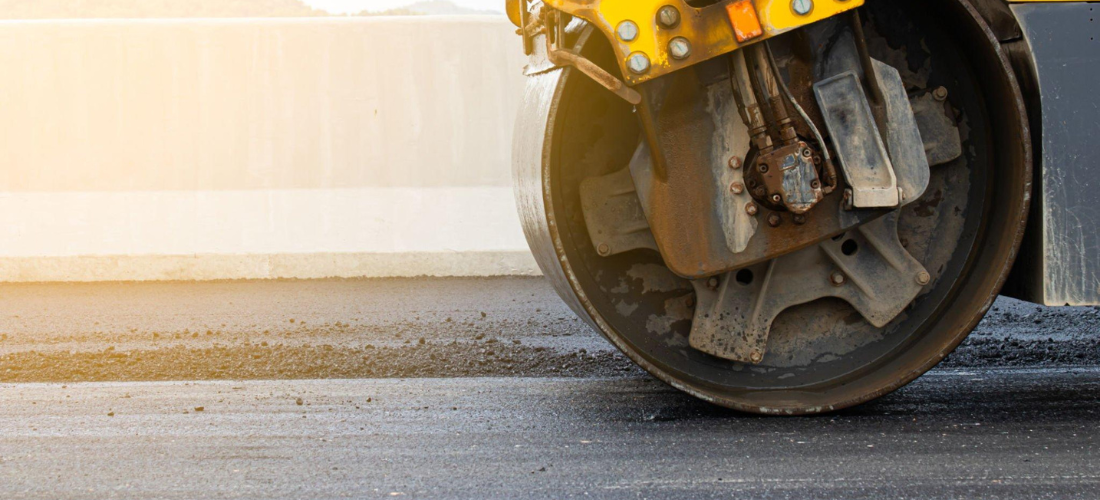Introduction:
Maintaining the condition of asphalt pavements is essential to ensure smoother and safer roads. Over time, asphalt pavements undergo wear and tear due to weather conditions, heavy traffic, and other factors. Cracks, potholes, and other defects can form, making the roads unsafe for motorists and pedestrians. Microsurfacing is a cost-effective and eco-friendly technique for maintaining asphalt pavements that can extend the life of the road surface while providing smoother and safer roads. This blog explains how microsurfacing works, its benefits, and its applications.
What is Microsurfacing?
Microsurfacing is a cost-effective and eco-friendly pavement maintenance technique that involves the application of a slurry mixture of water, aggregate, cement, and other additives to the surface of asphalt pavements. The mixture is applied using a specialized machine, which spreads the slurry uniformly across the surface of the pavement. Once applied, the mixture cures quickly to form a durable and skid-resistant surface that can last up to ten years with proper maintenance.
How Does Microsurfacing Work?
Microsurfacing is a multi-step process that involves several stages, including:
Preparation: Before microsurfacing can be applied, the pavement surface must be cleaned thoroughly to remove any dirt, debris, or vegetation. Any cracks or defects in the pavement surface must be repaired.
Application: The microsurfacing mixture is prepared on-site using a pugmill mixer. The mixture consists of a combination of water, aggregate, cement, and other additives, such as polymers and latex.
Spreading: The mixture is spread uniformly across the surface of the pavement using a specialized machine called a microsurfacing paver. The machine spreads the mixture to a thickness of 1/4 to 3/8 inches.
Compaction: Once the mixture is spread, a compactor is used to compress and smooth the surface, ensuring that the mixture adheres to the pavement surface.
Curing: The microsurfacing mixture cures quickly, typically within an hour or two, depending on weather conditions.
Benefits of Microsurfacing for Road Maintenance:
Microsurfacing offers several benefits over traditional pavement maintenance techniques, including:
Cost-effectiveness: Microsurfacing is a more cost-effective solution than traditional pavement maintenance techniques. It requires less labour and equipment, and the mixture is produced on-site, which reduces transportation costs.
Durability: Microsurfacing provides a durable and skid-resistant surface that can last up to ten years with proper maintenance.
Quick application: Microsurfacing can be applied quickly and efficiently, reducing the amount of time that highways need to be closed to traffic.
Environmental sustainability: Microsurfacing is an eco-friendly technique that conserves natural resources and reduces carbon emissions.
Applications of Microsurfacing:
Microsurfacing can be applied to a variety of surfaces, including highways, airports, parking lots, and residential streets. It is particularly useful for maintaining roads with moderate to severe cracking and ravelling. Microsurfacing is also effective in sealing and filling minor cracks and other defects in pavement surfaces, preventing them from becoming larger and more costly to repair.
Conclusion:
Microsurfacing is a cost-effective and eco-friendly technique for maintaining asphalt pavements that provides smoother and safer roads. It offers several benefits over traditional pavement maintenance techniques, including cost-effectiveness, durability, quick application, and environmental sustainability. Microsurfacing can be applied to a variety of surfaces, including highways, airports

